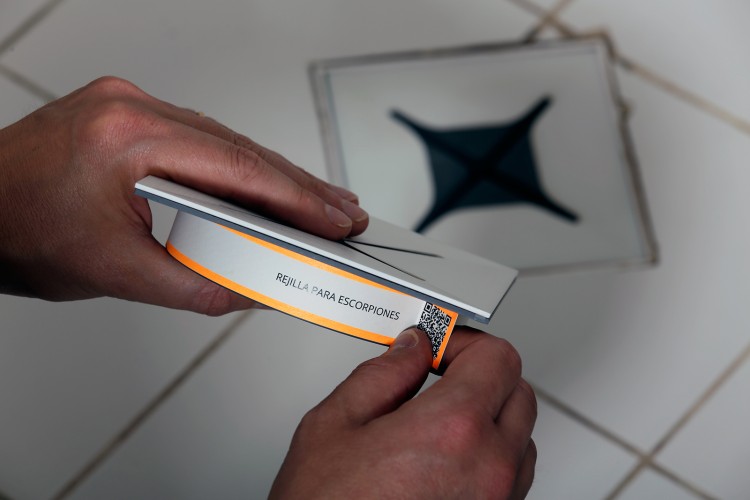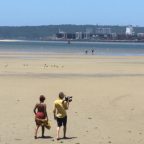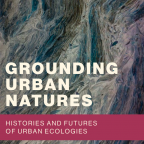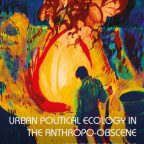Martín Ávila from Konstfack in Stockholm is visiting the leading Semiotics Department at the University of Tartu in Estonia on the 2nd of September 2016. Supported by funds from Henrik Ernstson’s MOVE project at KTH, he will meet with biosemiotician Kallevi Kull and colleagues to extend and strengthen the interdisciplinary dialogue that he and Henrik Ernstson have developed and which seeks new insights into political ecology using speculative design.
Politics of co-habitation
Martín Àvila’s postdoc work on Symbiotic Tactics have been featured on this blog before and it is part of a wider collaboration based at KTH’s Environmental Humanities Laboratory. During his visit in Tartu, Martín Ávila will give a seminar based on the forthcoming manuscript with Henrik Ernstson called “Realms of Exposure: A Speculative Design Perspective of Material Agency and Political Ecology”, based on empirical work in Córdoba, Argentina. In inviting his colleagues, Kalevi Kull writes:
This seminar will address issues of cohabitation among humans and nonhumans on an everyday basis, as mediated by (designed) artifacts. Martin Avila will present his postdoctoral project entitled “symbiotic tactics”, reflecting upon biosemiotic aspects that confront us with socio-ecological challenges.
The manuscript by Ávila and Ernstson, turns around Ávila’s design of an alternative shower grating in people’s homes, one that aims to establish a different link between people of the city and the ecosystems below in the sewage systems (of which one actant is a highly dangerous scorpion); they write:
In this essay we elaborate an approach to urban political ecology and environmental studies that shifts from the descriptive and analytical, toward the propositional and speculative. This is needed we mean in order to create new handles to (re)understand and (re)enact the political in a thoroughly more-than-human, cyborgian and artificial world.

An alternative shower grating.
Bio-semiotics and the Situated Ecologies Platform
For the Situated Ecologies Platform, and for KTH’s Environmental Humanities Laboratory, the collaboration with Martín Ávila means to expand the registers, tools and philosophies that can engage the political dimensions of our time of ecological crises. The key aim of this trip to Tartu is also to further engage and expand how the field of “bio-semiotics” can contribute to a Situated Ecologies platform. Developed first by Estonian ethologist Jakob von Uexküll in the 1930s, the field has received in creasing attention since the 1990s by the Tartu-based group, including theoretical biologist Kallevi Kull, but also Thomas Sebeok, Marcelo Barbieri and Jesper Hoffmeyer. As summed up by Joshua Ozias Reno (2014: 9):
The core idea of bio-semiotics is that life requires the use of signs, as organisms must engage with the world around them within the perceptual and behavioural limitations of their developing form.
/Reported by Henrik Ernstson


